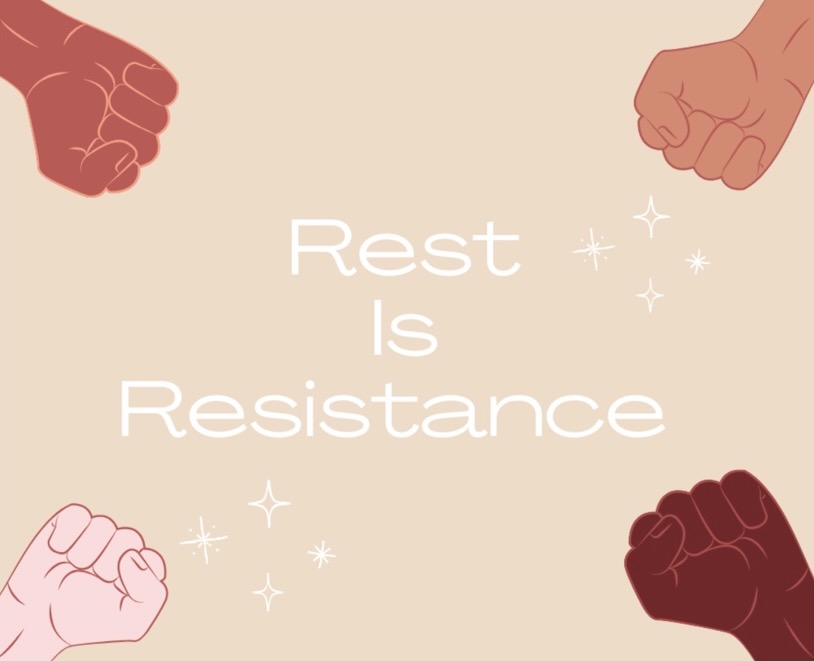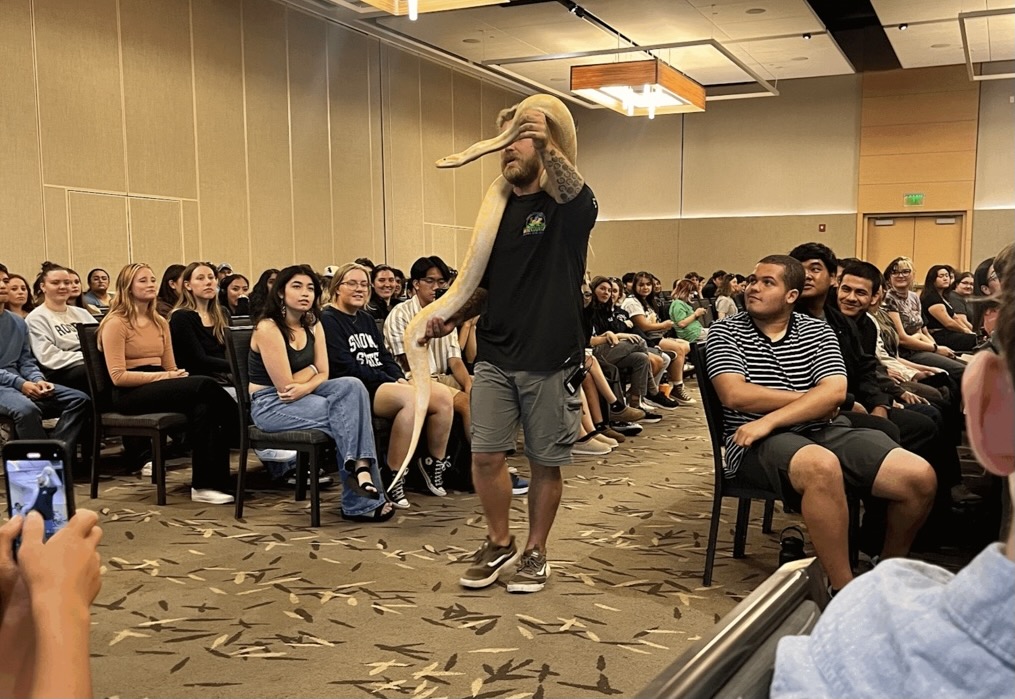COURTESY // SAMANTHA BILLINGSLY
Although we are not on campus this semester, students are familiar with the building near the campus center as Salazar Hall. Salazar Hall gets its name after Ruben Salazar, an influential man that fewer students know about. Salazar was a talented and experienced reporter; born in 1928, he spent his professional life working in journalism across California and Mexico. Salazar even worked for Sonoma County’s local paper: the Press Democrat. In 1968, the Los Angeles Times requested Salazar to return to Los Angeles to be a reporter for their publication, and he did.
Salazar was the first Latino journalist to work for a major U.S. paper. His cultural background allowed him to have a unique perspective from other journalists and cover various stories. According to the USC digital library, “back in Los Angeles, Salazar explored injustices experienced by the Mexican American community and issues raised by Chicano activists. These issues still resonate today –discrimination, race-relations, freedom of the press, state surveillance, inferior schools, lack of political representation, and police abuse. His writings brought him local and national attention.” Salazar’s voice was hugely influential and needed in the 1970s and is still frankly needed today.
SSU’s new renovation plan for Salazar Hall has come with discussions regarding a name change for the building. Confirmation on what the new name would be is not available, but it does pose an interesting question on why Sonoma would even consider a change like this. Salazar’s contribution to not only the field of journalism but the nation as a whole is immense. He was a revolutionary reporter who told stories and gave a desperately needed perspective in the United States. Though we have progressed since the 1970s, not enough progress has happened to reverse the racial injustices Salazar spent his career covering.
Tragically, Salazar’s death is a reminder of how important it is to examine the way our country treats immigrants, individuals with new perspectives and a willingness to expose injustice. According to the Press Democrat, “On August 29, 1970 while covering a clash between police and anti-war demonstrators, Salazar was struck in the head and killed by a tear-gas canister fired through a window by a Los Angeles County sheriff’s deputy.” They continue to state that some suspected Salazar, who died while taking a break inside a bar with another reporter, was targeted. They support this claim, stating, “The suspicions were fueled by the eventual release of FBI and Los Angeles Police Department records showing that Salazar’s activities were monitored, both while he was a foreign correspondent and during his final days reporting on civic unrest and alleged police brutality in Southern California.”
Ruben Salazar has a vital legacy with a story that Sonoma’s students need to hear. Taking away a building named after such an influential man would be another act in the erasure of the tragic way he lost his life and discount the critical work he did during his time on Earth. There is also a “Salazar Hall” located on the Cal State LA campus that serves various classes and departments, similar to Salazar Hall at SSU. In 2014, they hosted a multimedia exhibition honoring his life’s accomplishments, entitled “Legacy of Rubén Salazar: A Man of His Words, a Man of His Time.” Actions like this are the kinds that Sonoma State should be taking to expose our students to Salazar’s story, not renaming the building. Amongst our country’s current state, we should be looking to figures like Salazar for inspiration, guidance, and courage and spread his story more, not remove his name from our campus.



































